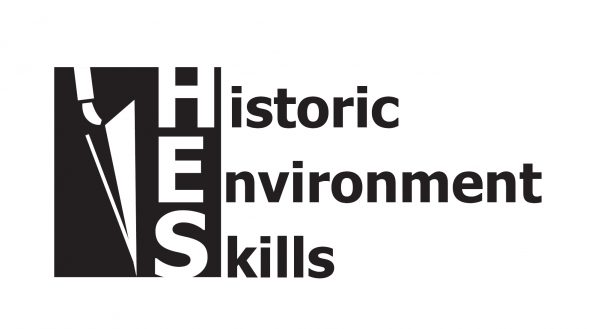–
This piece was written by Laabiyah Iqbal, Building Preservation Trust Management Trainee at Archaeological Project Services from September 2018 – 2019
–
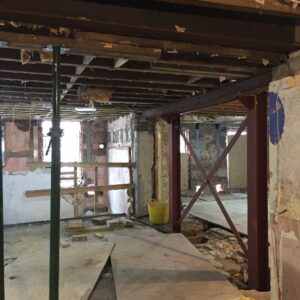 Hi everyone, my name is Laabiyah and I am a Building Preservation Trust Management Trainee at Heritage Lincolnshire. A Building Preservation Trust is a not for profit organisation whose main objectives include the preservation and regeneration of historic buildings. My traineeship is part of the Historic Environment Skills Project and is funded by the National Lottery Heritage Fund.
Hi everyone, my name is Laabiyah and I am a Building Preservation Trust Management Trainee at Heritage Lincolnshire. A Building Preservation Trust is a not for profit organisation whose main objectives include the preservation and regeneration of historic buildings. My traineeship is part of the Historic Environment Skills Project and is funded by the National Lottery Heritage Fund.
Last summer, I completed my undergraduate degree in Classical and Archaeological Studies and I was aware that it is often difficult to start a career in heritage. I did not let this deter me as I have wanted a career in heritage from a young age. Fortunately, I was accepted to do a student placement at Historic England and soon after I started my traineeship at Heritage Lincolnshire.
No day is the same! I have learnt so much and look forward to what is to come. I am going to share a week in the life of my traineeship…
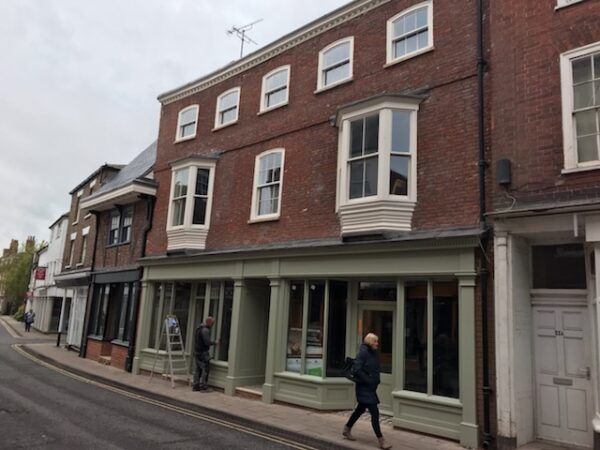
MONDAY:
Today I attended a site visit at 23-25 High Street in the heart of Boston, Lincolnshire. Boston is a medieval port town of local, regional, national and international significance due to a rich history of trade, exploration, industry and agriculture.
23-25 High Street is grade II listed and located within the Conservation Area. The project is part of the Partnership Schemes in Conservation Areas (PSiCA Scheme). The Scheme is funded by Historic England who work in partnership with local authorities to target funding for the preservation and enhancement of conservation areas. The project has received £184,000 in funding to carry out repair and restoration work. My colleagues were there to check on the progression of works and to ensure funder requirements were being met.
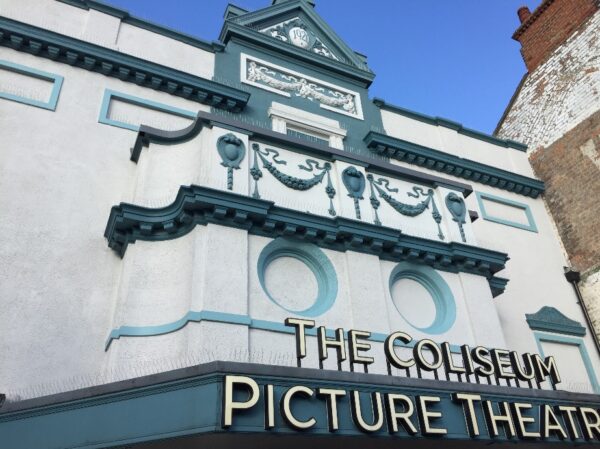
TUESDAY:
Today I went to Cleethorpes, where we are working on a Heritage Stewards Project for adults and young people focusing on the buildings in the area. Local volunteers will record information about the buildings over a 3 year period. My job was to go around and group buildings together for the volunteers to work on in the future. I enjoyed this as I found some amazing buildings and my traineeship has really taught me to appreciate architecture.
I enjoyed this as I found some amazing buildings; as part of my traineeship I see a range of different historical structures and I still appreciate this! During my placement, I have researched many historic buildings and this has made me realise how important they are and has led me to appreciate architecture in its many forms.
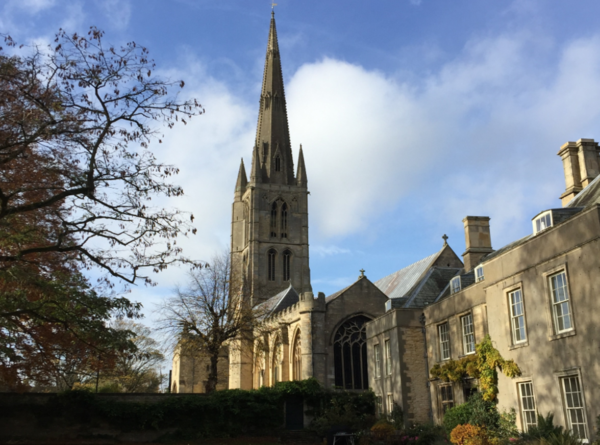
WEDNESDAY:
Today, I spent the day researching Grantham House, a grade I and II* Listed Townhouse, dating from the medieval period. The house belonged to Arthur Hall, the first translator of Homer’s Iliad; he often found himself in and out of trouble with the crown eventually becoming bankrupt and losing the house. In 1734, Grantham House became the home of Lady Anne Cust who also inherited Belton Hall after the death of her brothers. My research will be incorporated into a Feasibility Report for the house, which I find exciting. A feasibility study is a way to evaluate the practicality and desirability of a project.
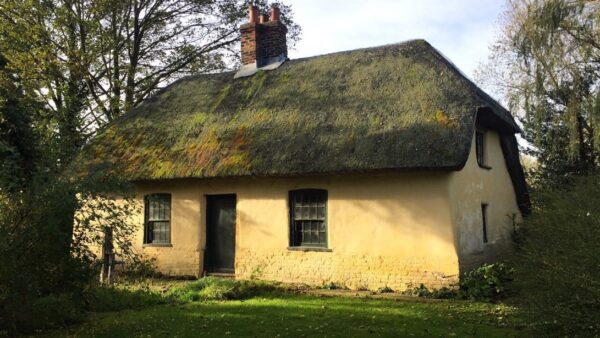
THURSDAY:
On Thursday, I attended a site visit at Mill Hill Cottage a grade II* building, built in the local mud and stud building tradition. This vernacular technique is predominately found in Lincolnshire and is often seen in country cottages and structures. The building is owned and was restored by Heritage Lincolnshire. During my visit, I recorded the condition of the building using photographic evidence.
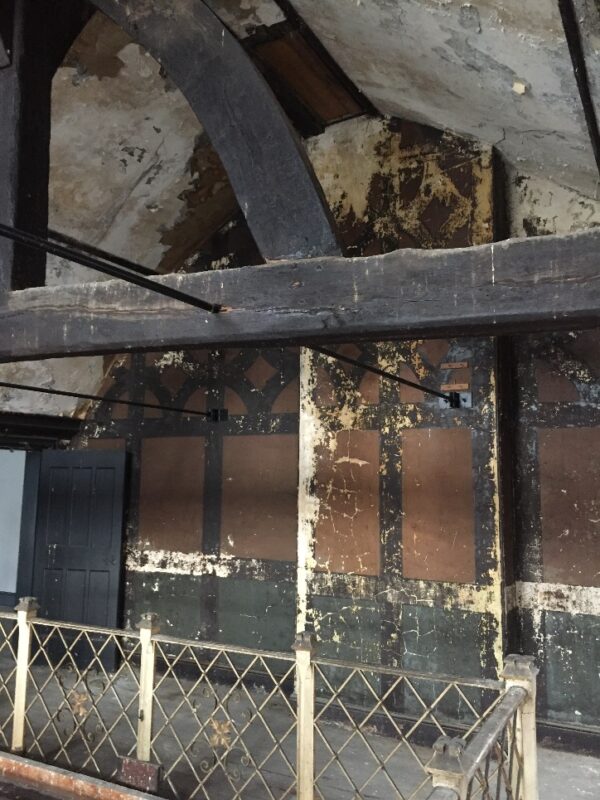
FRIDAY:
On Friday, I visited Shodfriars, a grade II* Medieval building that was restored in the 18th century and extended in the 19th century. The ground floor of the building is now used as a café and there are plans to use the rest of the building for entertainment and offices. This will be achieved by applying for funding from The National Lottery Heritage Fund and the Architectural Heritage Fund.
FUTURE PLANS:
I am not sure what the future holds for me career-wise as I don’t have a ‘what next’ plan. I have enjoyed working in the heritage sector, as you are surrounded by people who love and enjoy what they do. I have had some fantastic experiences and seen buildings and sites I would not usually get to see so I would love to continue my career in this area!
Fantastic Laabiyah! To hear more about her traineeship, check out her next blog.

